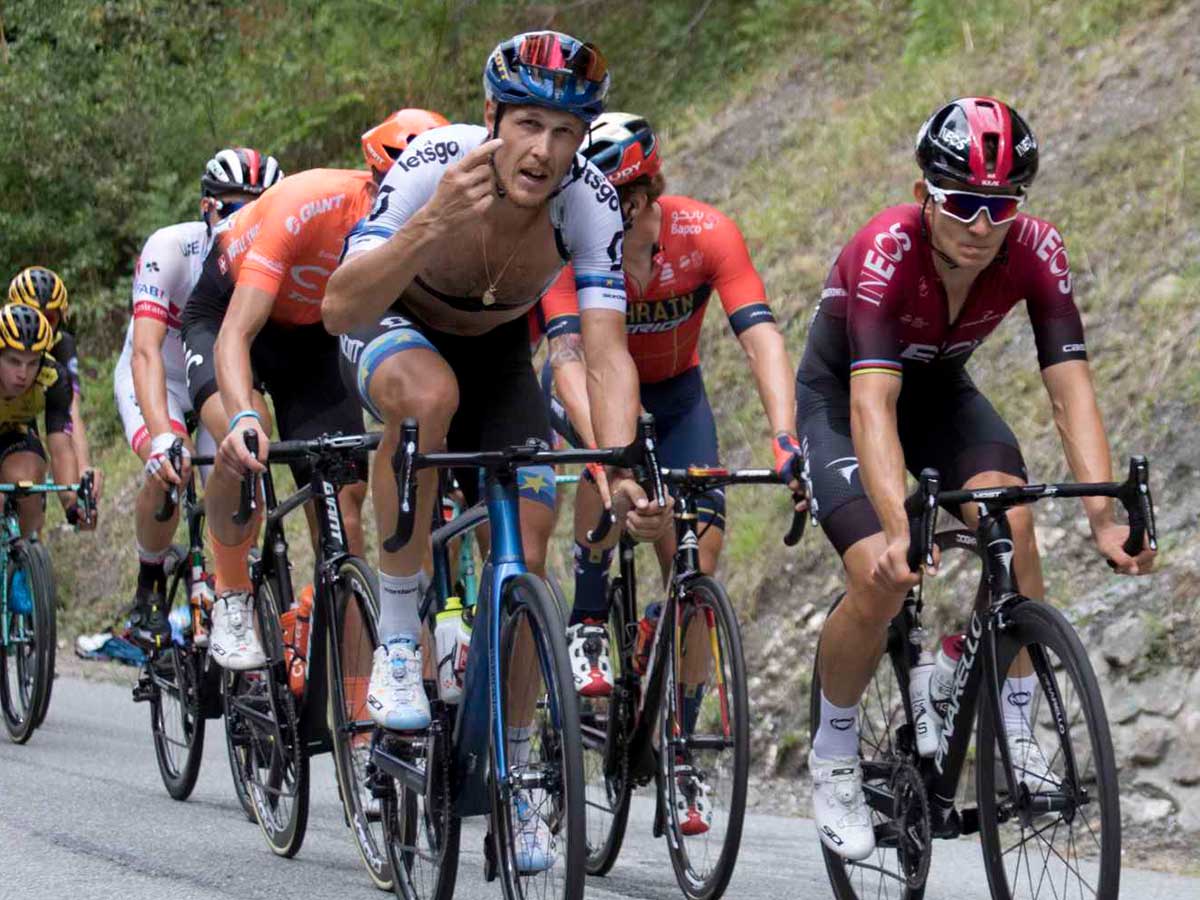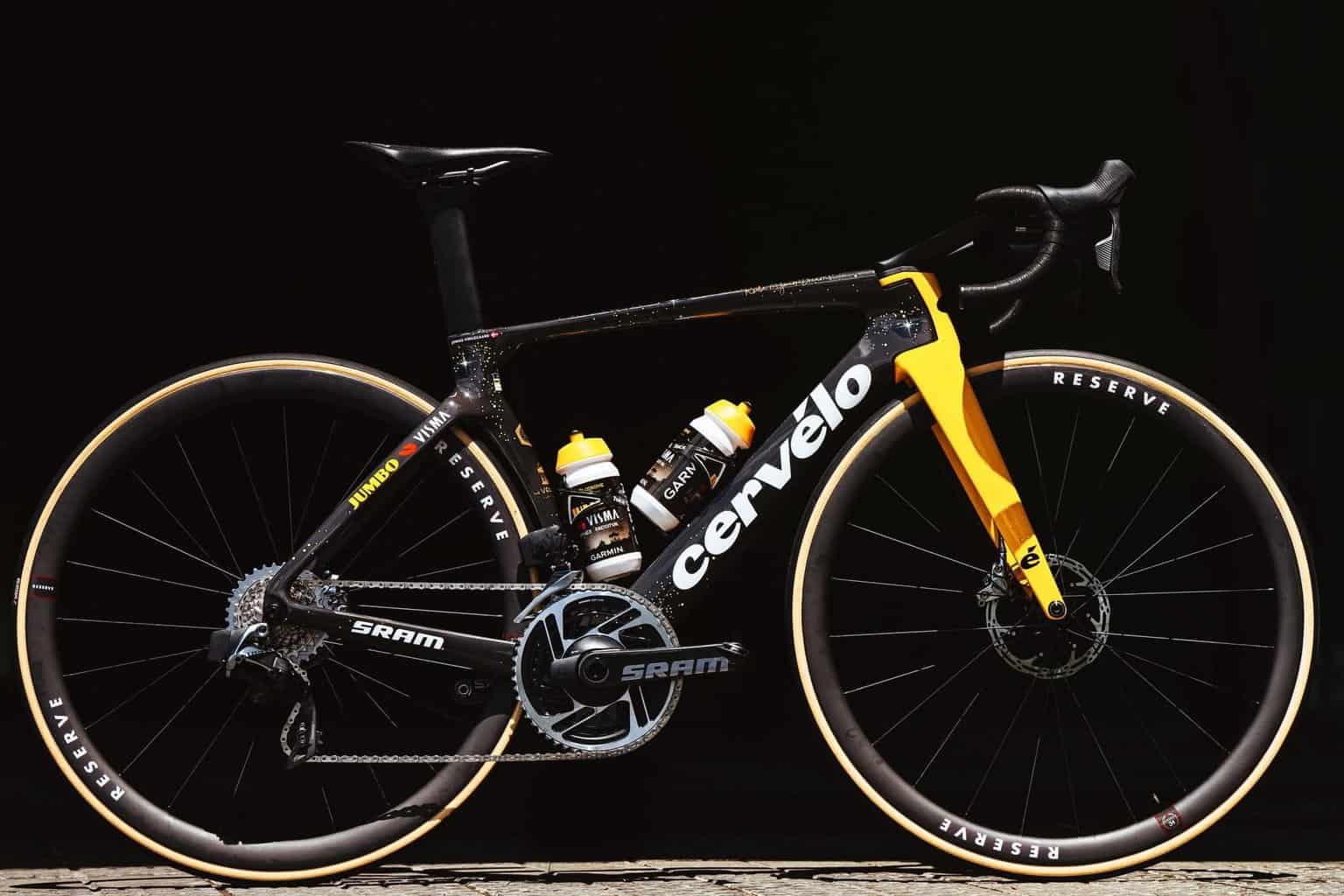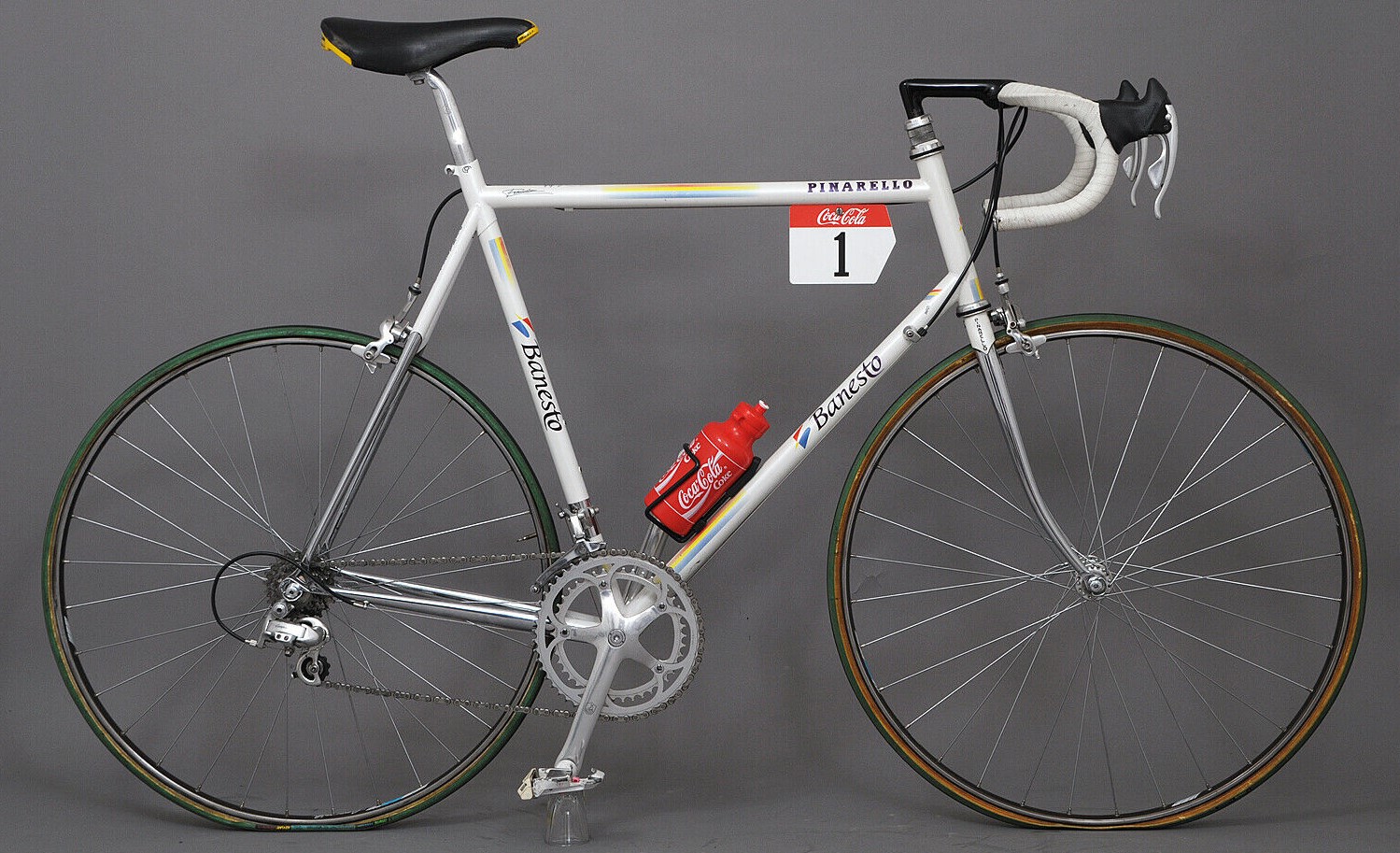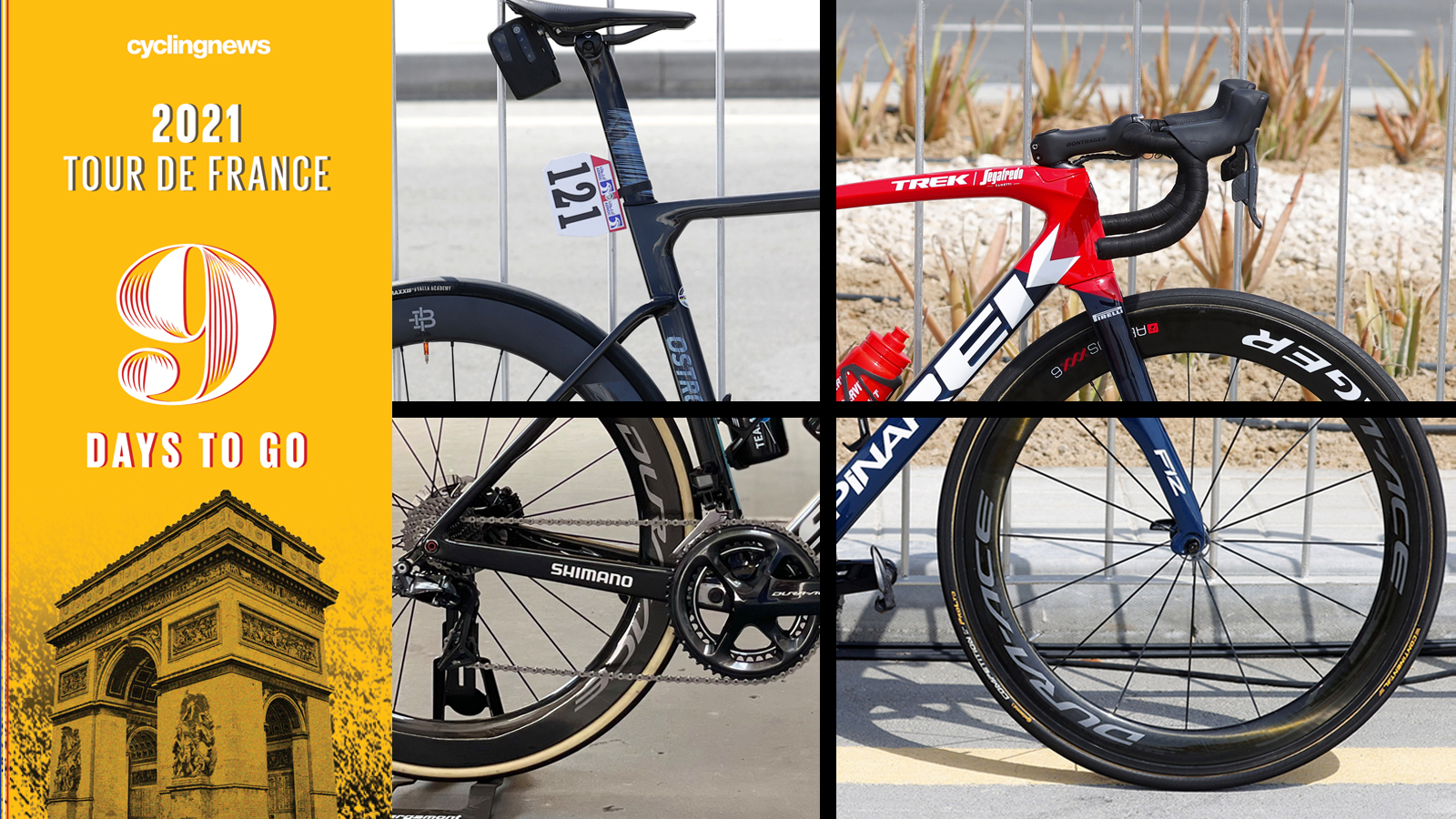What Makes a Tour de France-Worthy Bike?
In the high-stakes world of professional cycling, a Tour de France team bike is more than just a mode of transportation – it’s a precision-engineered machine designed to deliver peak performance. To compete at the highest level, these bikes must possess a unique combination of speed, agility, and endurance. So, what sets them apart from other high-performance bikes? For starters, Tour de France team bikes boast advanced aerodynamic designs, carefully crafted to slice through the air with minimal resistance. They also feature cutting-edge gearing systems, precision-engineered to provide the perfect balance of power and efficiency. Additionally, these bikes are built with the finest materials, carefully selected for their exceptional strength, durability, and lightweight properties. The result is a machine that can withstand the grueling demands of the Tour de France, where every second counts and the margin between victory and defeat is razor-thin.
How to Choose the Perfect Bike for Your Next Cycling Adventure
When it comes to selecting the ideal bike for your next cycling adventure, there’s much to be learned from the choices made by Tour de France teams. These professional cyclists demand the highest level of performance, comfort, and reliability from their machines, and their decisions can serve as a valuable guide for enthusiasts and recreational riders alike. So, what factors should you consider when upgrading your bike? First, think about your riding style and the terrain you’ll be tackling. Will you be tackling steep mountain climbs or sprinting along flat roads? Different bikes are optimized for different types of riding, and understanding your needs will help you make an informed decision. Next, consider the importance of fit and comfort. A bike that’s tailored to your body will not only improve your performance but also reduce the risk of injury and discomfort. Finally, don’t be afraid to invest in high-quality components and accessories, such as wheels, gears, and brakes. By following the lead of Tour de France team bikes and prioritizing performance, comfort, and quality, you’ll be well on your way to finding the perfect bike for your next cycling adventure.
Trek, Specialized, and Giant: The Top Brands Behind the Peloton
In the world of professional cycling, a select few bike manufacturers have established themselves as the go-to partners for Tour de France teams. Trek, Specialized, and Giant are three of the most prominent brands, each with a rich history of innovation and a deep understanding of what it takes to build a winning bike. These companies have developed strong partnerships with top teams, working closely with riders and mechanics to create bespoke machines that meet the unique demands of the Tour de France. Trek, for example, has been a long-time partner of the Trek-Segafredo team, providing bikes that have helped riders like Alberto Contador and Bauke Mollema achieve podium finishes. Specialized, meanwhile, has worked with teams like Deceuninck-Quick-Step and Bora-Hansgrohe, delivering bikes that have propelled riders like Julian Alaphilippe and Peter Sagan to victory. Giant, too, has a strong presence in the peloton, partnering with teams like Team Jumbo-Visma and providing bikes that have helped riders like Primož Roglič and Tom Dumoulin dominate the general classification. What sets these brands apart is their commitment to innovation, their willingness to push the boundaries of what is possible with bike design and technology. By working closely with Tour de France teams, they are able to develop bikes that are truly optimized for speed, efficiency, and performance – bikes that give riders the edge they need to succeed at the highest level.
The Science of Aerodynamics: How Bike Design Impacts Speed
Aerodynamics play a crucial role in the design of Tour de France team bikes, as even the slightest improvement in aerodynamic efficiency can translate into significant gains in speed. The key to unlocking these gains lies in understanding the principles of air resistance and how they interact with the bike and rider. One of the most critical factors is drag, which is the force that opposes the motion of the bike and rider. By minimizing drag, bike designers can create machines that slice through the air with ease, allowing riders to maintain high speeds with less effort. To achieve this, Tour de France team bikes often feature sleek, streamlined profiles, with carefully shaped tubes and components designed to reduce air resistance. Additionally, designers use advanced materials and technologies, such as wind-tunnel testing and computational fluid dynamics, to optimize the aerodynamic performance of their bikes. The result is a machine that is finely tuned to the demands of high-speed cycling, capable of delivering the speed and efficiency required to succeed at the highest level. For example, the use of aerodynamic wheelsets, such as those featuring deep-section rims and bladed spokes, can reduce drag by up to 20%, giving riders a significant advantage over their competitors. Similarly, the careful shaping of the bike’s frame and fork can help to reduce air resistance, allowing riders to maintain high speeds with less effort. By understanding the science of aerodynamics and applying it to bike design, Tour de France team bikes are able to achieve remarkable speeds, often exceeding 50 km/h on flat stages.
Inside the Workshop: The Art of Customizing a Tour de France Bike
Behind the scenes of every Tour de France team lies a dedicated team of mechanics and engineers who work tirelessly to customize bikes for their riders. This meticulous process involves a deep understanding of the rider’s unique needs and preferences, as well as a thorough knowledge of the bike’s components and capabilities. From adjusting the saddle height and handlebar position to fine-tuning the gearing and brakes, every detail is carefully considered to ensure that the bike is optimized for performance. The process begins with a thorough consultation between the rider, mechanic, and engineer, during which the rider’s goals, riding style, and physical characteristics are discussed. This information is then used to inform the customization process, which may involve modifying the bike’s frame, wheels, and components to meet the rider’s specific needs. For example, a rider who specializes in time trials may require a bike with a more aerodynamic profile, while a climber may need a bike with a lighter weight and more efficient gearing. The mechanics and engineers use a range of tools and techniques to achieve these customizations, including advanced software and 3D printing technology. The result is a bike that is truly bespoke, tailored to the rider’s unique strengths and weaknesses. This attention to detail is what sets Tour de France team bikes apart from others, and is a key factor in the success of the world’s top cycling teams. By understanding the art of customization, readers can gain valuable insights into the world of professional cycling, and apply these lessons to their own cycling experiences.
The Evolution of Bike Technology: From Steel to Carbon Fiber
The bikes used in the Tour de France today are a far cry from their predecessors, with advancements in technology and materials playing a crucial role in their development. The evolution of bike technology has been a gradual process, with each innovation building upon the last to create the high-performance machines used by Tour de France team bikes. In the early days of cycling, steel was the material of choice, providing a strong and durable frame. However, as the sport evolved, so too did the need for lighter, more efficient bikes. The introduction of aluminum and titanium frames marked a significant shift in this direction, with these materials offering improved strength-to-weight ratios. The game-changer, however, was the introduction of carbon fiber. This lightweight, yet incredibly strong material has revolutionized the cycling industry, allowing for the creation of bikes that are both fast and efficient. Today, Tour de France team bikes are almost exclusively made from carbon fiber, with manufacturers such as Trek, Specialized, and Giant pushing the boundaries of what is possible with this material. The result is a bike that is not only fast, but also incredibly responsive and comfortable to ride. The evolution of bike technology has also led to significant advancements in componentry, with improvements in gearing, braking, and wheel technology all contributing to the high-performance machines used in the Tour de France. By understanding the history of bike technology, readers can gain a deeper appreciation for the incredible machines used by Tour de France team bikes, and apply these lessons to their own cycling experiences.
What Can We Learn from the Bikes of the Pros?
When it comes to cycling, the bikes used by Tour de France team bikes are the epitome of innovation and design. By analyzing the design choices and innovations of these high-performance machines, readers can gain valuable insights into what makes a bike truly exceptional. One of the key takeaways is the importance of aerodynamics. Tour de France team bikes are optimized for speed and efficiency, with every aspect of their design carefully considered to reduce air resistance and maximize power output. This attention to detail is something that readers can apply to their own cycling experiences, whether it’s through upgrading to aerodynamic wheels or optimizing their riding position. Another lesson that can be learned from the bikes of the pros is the importance of customization. Tour de France team bikes are tailored to the specific needs of each rider, taking into account their unique physiology, riding style, and goals. This level of customization is something that readers can strive for, whether it’s through working with a professional fitter or experimenting with different components and accessories. Additionally, the innovative materials and technologies used in Tour de France team bikes can serve as inspiration for readers looking to upgrade their own bikes. From advanced carbon fiber frames to cutting-edge componentry, the bikes used by the pros are a testament to the incredible advancements being made in the cycling industry. By studying the design choices and innovations of Tour de France team bikes, readers can gain a deeper appreciation for the art of bike design and apply these lessons to their own cycling experiences.
The Future of Cycling: Emerging Trends and Innovations
As the cycling industry continues to evolve, Tour de France team bikes are at the forefront of innovation, pushing the boundaries of what is possible with cutting-edge technology and design. One of the most exciting emerging trends is the integration of artificial intelligence and machine learning into bike design. This technology has the potential to revolutionize the way bikes are designed, optimized, and customized, allowing for even greater levels of performance and efficiency. Another area of innovation is the development of sustainable and eco-friendly materials, such as recycled carbon fiber and plant-based composites. These materials not only reduce the environmental impact of bike production but also offer improved performance and durability. The future of cycling is also likely to be shaped by advancements in aerodynamics, with the use of computational fluid dynamics and wind tunnel testing allowing for even more precise optimization of bike design. Additionally, the rise of e-bikes and electric-assisted cycling is expected to continue, offering new opportunities for riders of all levels to experience the thrill of cycling. As Tour de France team bikes continue to drive innovation, readers can expect to see these emerging trends and technologies trickle down to the consumer market, offering new and exciting opportunities for cyclists of all levels. Whether it’s through the integration of AI, sustainable materials, or advanced aerodynamics, the future of cycling is bright, and Tour de France team bikes are leading the way.






